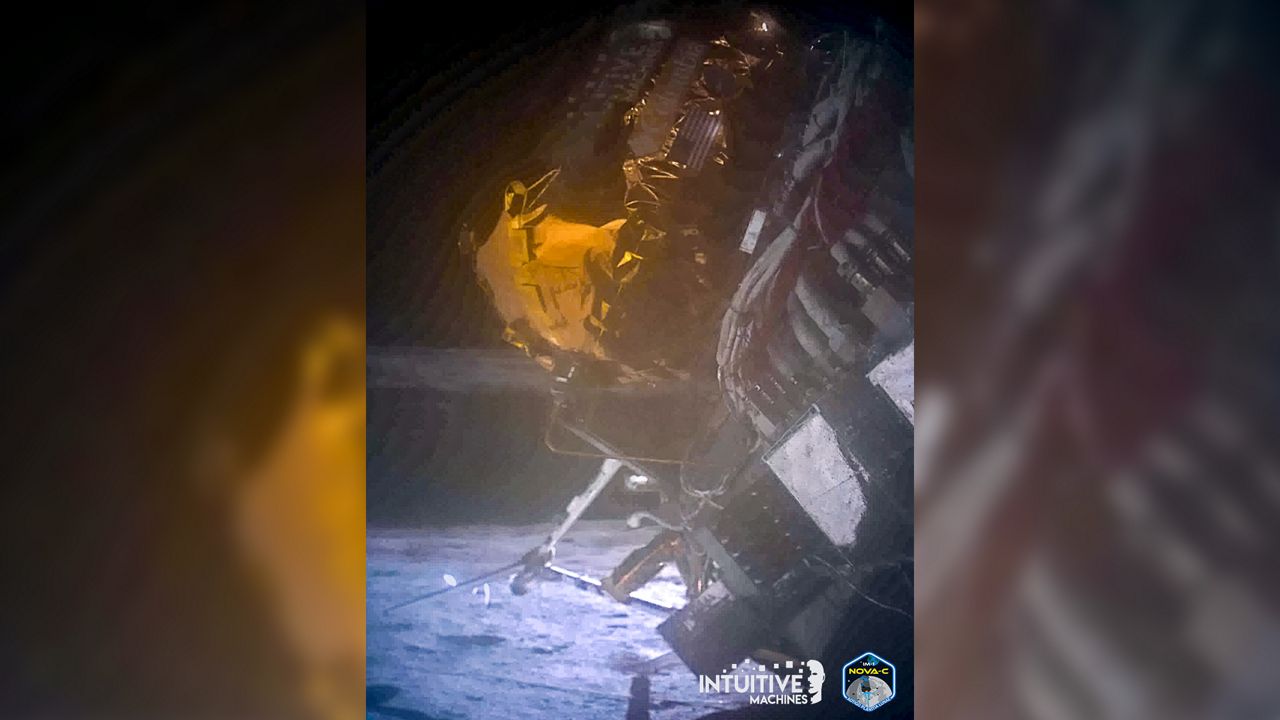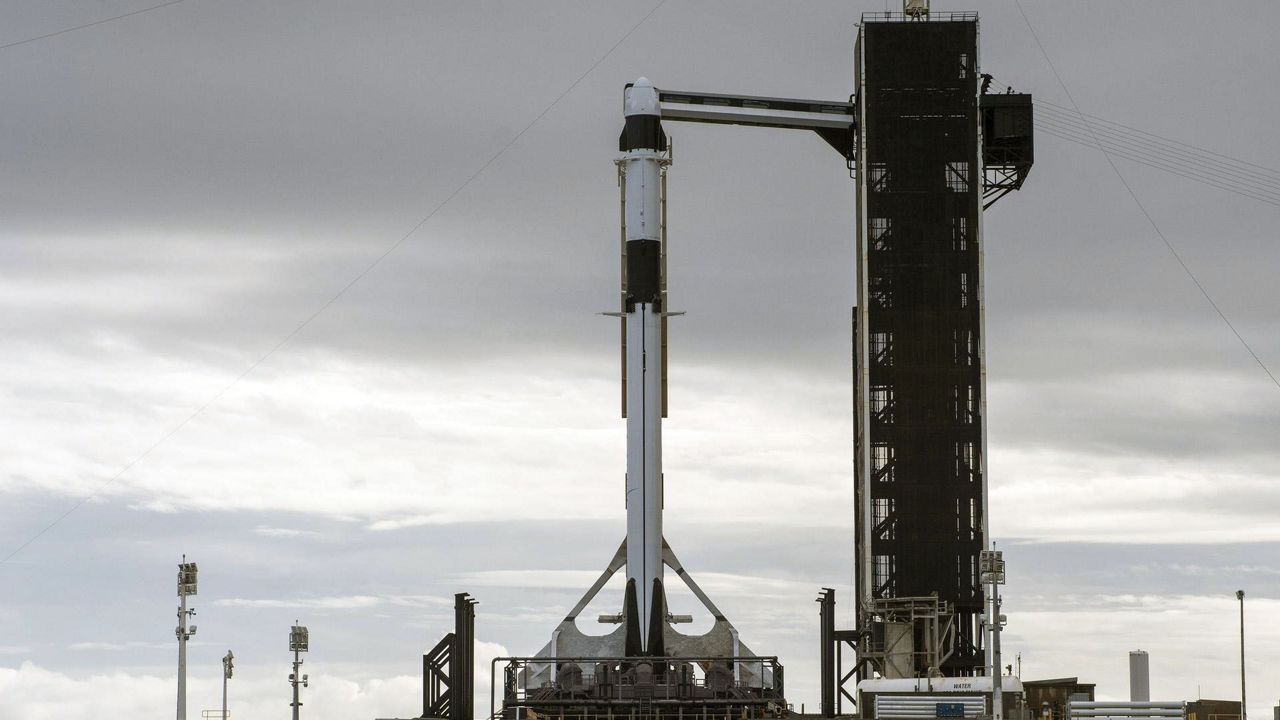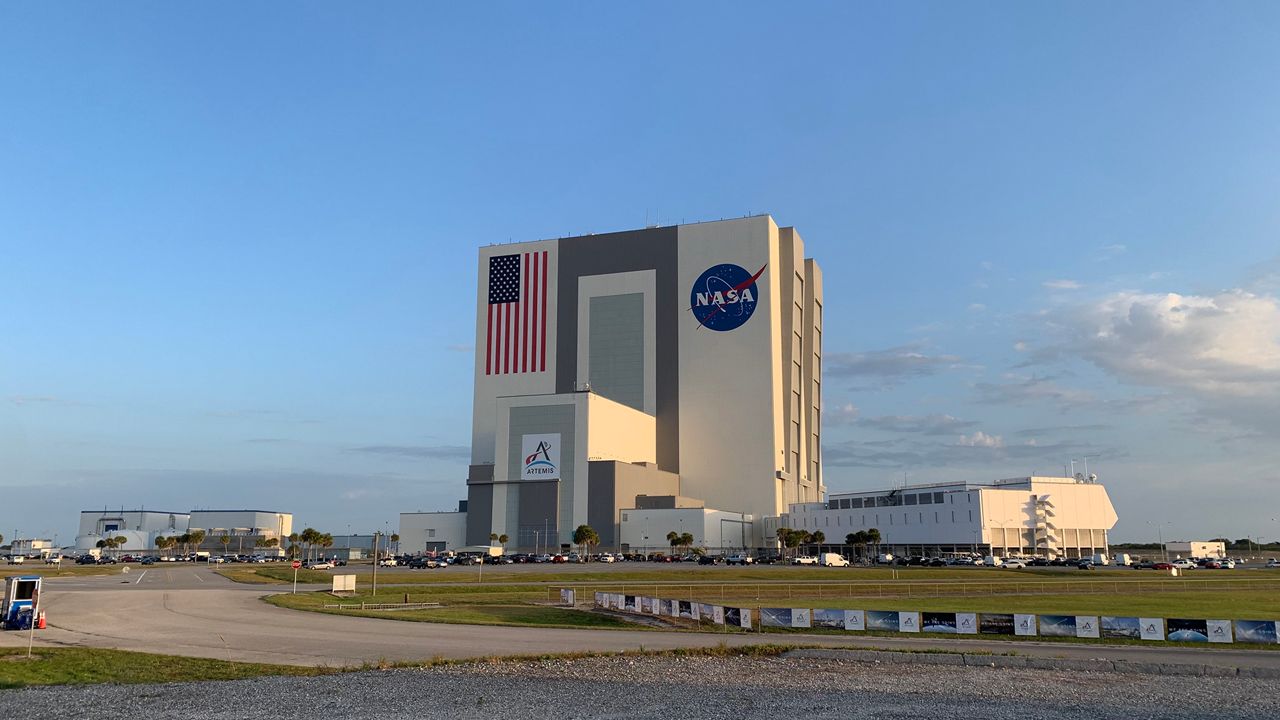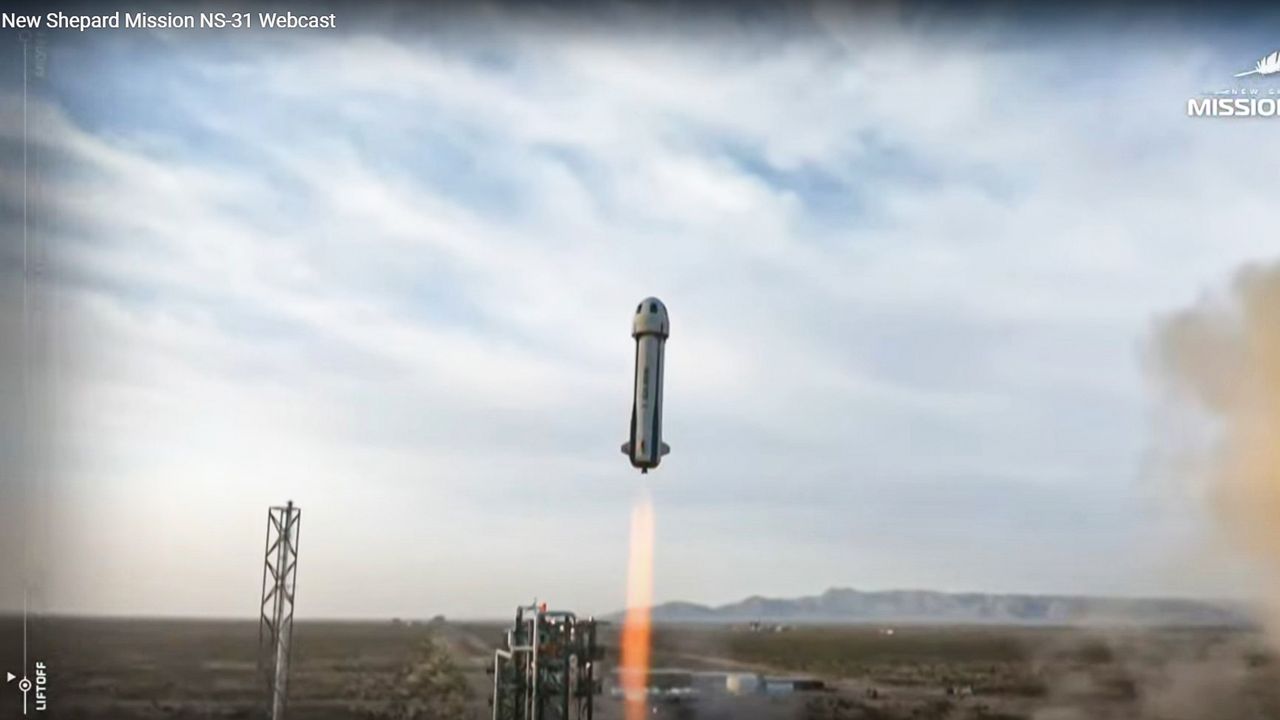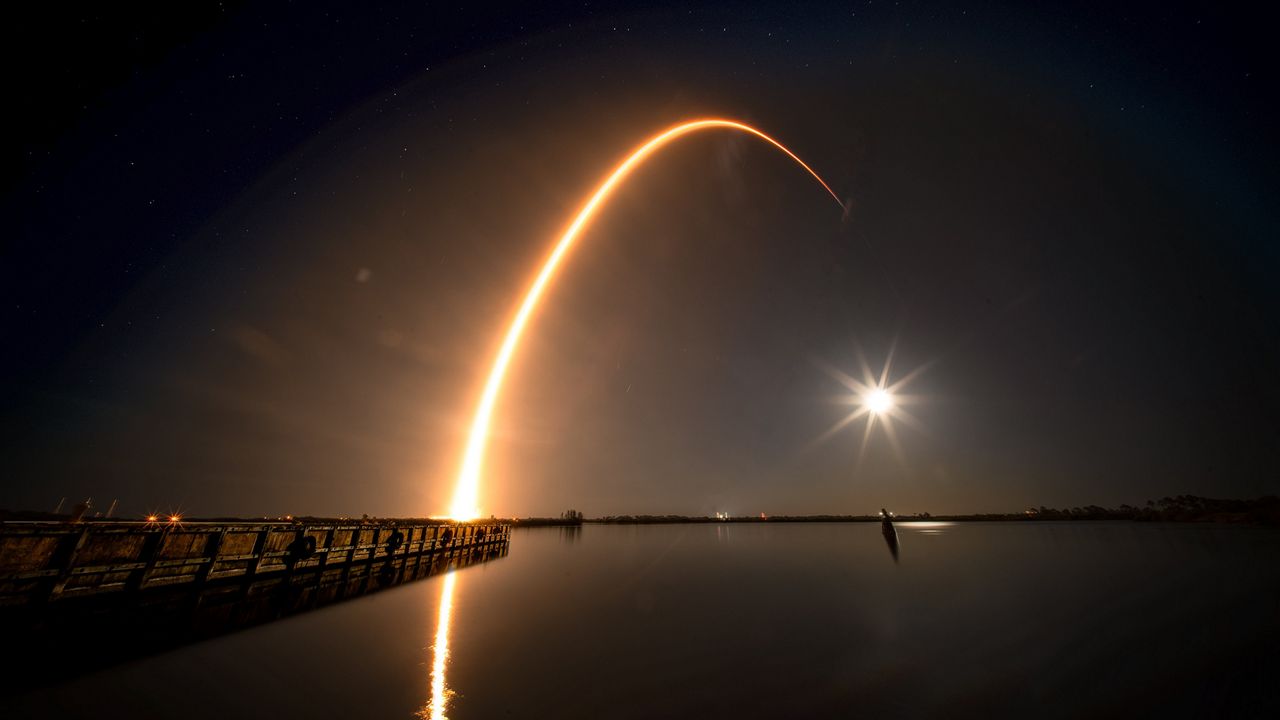JOHNSON SPACE CENTER — Even though the IM-1 mission’s lunar lander Odysseus tipped over after landing on the moon last week, the company’s CEO called it a “successful mission” during a press conference on Wednesday.
What You Need To Know
- The lunar lander will be put to sleep during the lunar night
- Once the sun comes back up on the moon, they hope to hear the lander again
- RELATED ARTICLES:
- IM-1’s Odysseus lunar lander landed on its side; still mostly functional
- Intuitive Machines makes history with first moon landing by a private company
- Learning about Embry-Riddle Aeronautical University’s EagleCam
- Get more space coverage here ▶
- IM-1’s Odysseus lunar lander landed on its side; still mostly functional
- Intuitive Machines makes history with first moon landing by a private company
- Learning about Embry-Riddle Aeronautical University’s EagleCam
During the press conference with Intuitive Machines and NASA officials, the Houston-based company revealed that its 14-foot-tall (4.3 meters) Nova-C class lunar lander is on its side, at about a 30-degree angle, after coming in for its soft landing on the moon.
In a previous teleconference, co-founder and CEO of Intuitive Machines Steve Altemus said that one of its six legs dug into the lunar soil as it was coming in and it tipped over.
On Wednesday, Altemus said that despite not landing upright as intended, all the payloads, including the six from NASA, are collecting and sending data back to the IM-1 team.
“We have conducted a very successful mission at this point,” he said.
Last week, Intuitive Machines made history by being the first private company to land on the moon with its IM-1 mission. It was the first time in more than 50 years that the United States was able to return to the moon. The last time was in 1972 during the Apollo 17 mission.
The IM-1 mission is part of NASA's Commercial Lunar Payload Services (CLPS) program.
On Wednesday, Dr. Sue Lederer, CLPS project scientist at NASA’s Johnson Space Center, said that the mission lasted six days. She called Odysseus a “scrappy little guy.”
She said during that time, all the scientific data that has been collected and archived will be used for future moon missions.
NASA has a fleet of instruments that are designed to help to ensure the safe landing for the Artemis III mission and beyond, Lederer said as she answered Spectrum News’ question during the press conference.
“All of the data that can be used for Artemis, will be used for Artemis,” she said.
About the EagleCam
In addition to data, the lunar lander’s cameras have transmitted photos back to Earth.
Among the payloads, one of them is Embry-Riddle Aeronautical University’s EagleCam, which was originally meant to be deployed from the lunar lander during its descent, where the camera was going to land on the moon first and take the first photos of a spacecraft landing on the moon from a third-person perspective.
However, a decision was made to not deploy the camera in order to protect the lander.
"Our number one priority was to not interfere with landing operations. After group discussions with Intuitive Machines’ mission control, the team decided it would be best for both IM's and our own mission success to remain powered down," Andrew Ankeny, an aerospace engineer major and member of the EagleCam team, explained to Spectrum News.
On Wednesday, Altemus praised the EagleCam team. He said on Wednesday morning, he said they reactivated the EagleCam, powered it up and ejected it 13 feet (4 meters) away from the vehicle.
However, there is a connection issue with the camera and its Wi-Fi abilities, he said, adding that the EagleCam team is working to resolve.
But he did call the EagleCam “a wild success” just ejecting itself alone and would “love” to have it for another mission.
Later in the day, the EagleCam team posted on its Instagram page that the team had been working for days to resolve the issues, but “the technical complications ultimately resulted in an inability to capture images of the Odysseus lander.”
The data that was collected will be analyzed and published in the near future, the team stated.
Going to sleep
Altemus said the IM-1 team will put Odysseus to sleep during the lunar night, which lasts about two Earth weeks. Once the lunar day comes back, the team plans to wake up Odysseus to see if it can get readings from the lunar lander itself and its payloads.
“We will tuck Odie in for the cold night of the moon,” he said, adding that it is degrading in power.
Batteries do not respond well and the electronics are not designed to handle the deep cold, about -150 degrees during a lunar night, but the solar panels will power the craft. And the IM-1 team plans to turn the lander back on.
“Why not try… and see what happens,” Dr. Tim Crain, chief technology officer and co-founder of Intuitive Machines, said.
Trying to land on the moon
Both Altemus and Crain, also IM-1 mission chief, said that the data from the lunar lander’s systems gathered will be studied and implemented for the IM-2 mission, which is scheduled for later in 2024.
Altemus explained why it was hard to land Odysseus on the moon. The Houston-based company’s Nova-C lunar lander was originally set to land at crater Malapert A, near the south pole of the moon.
But due to an issue with Odysseus’ internal navigation system hours before the soft touchdown, the IM-1 team decided to put it in another orbit around the moon to fix the issue.
What made it hard to land on the moon now, as opposed to during the Apollo missions all those decades ago, because of a few things, such as landing a brand-new style of vehicle in a different part of the moon.




